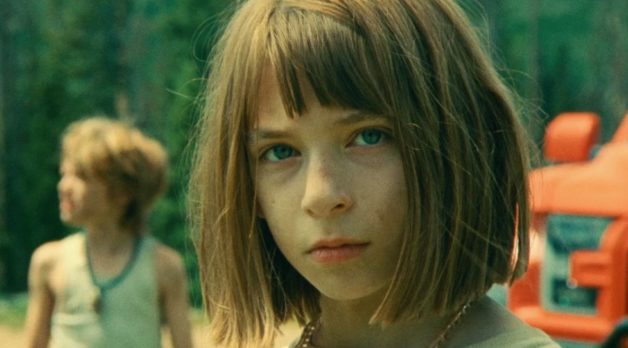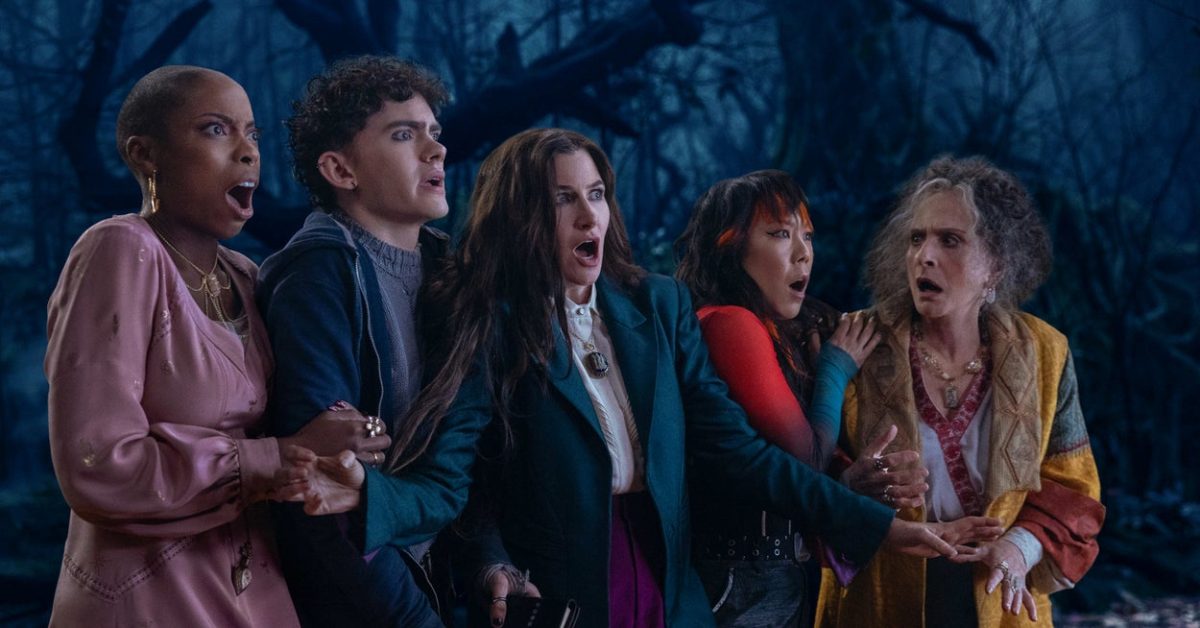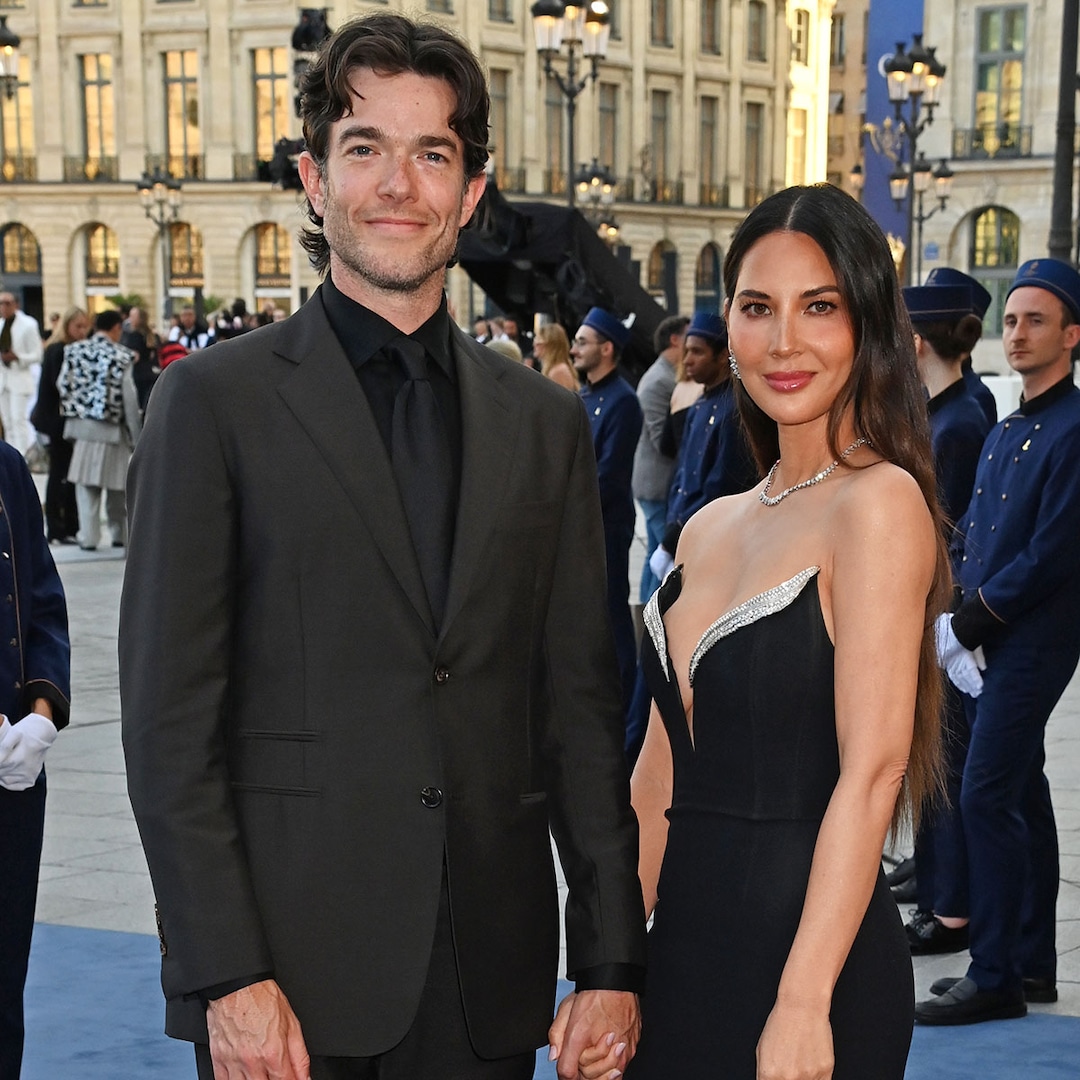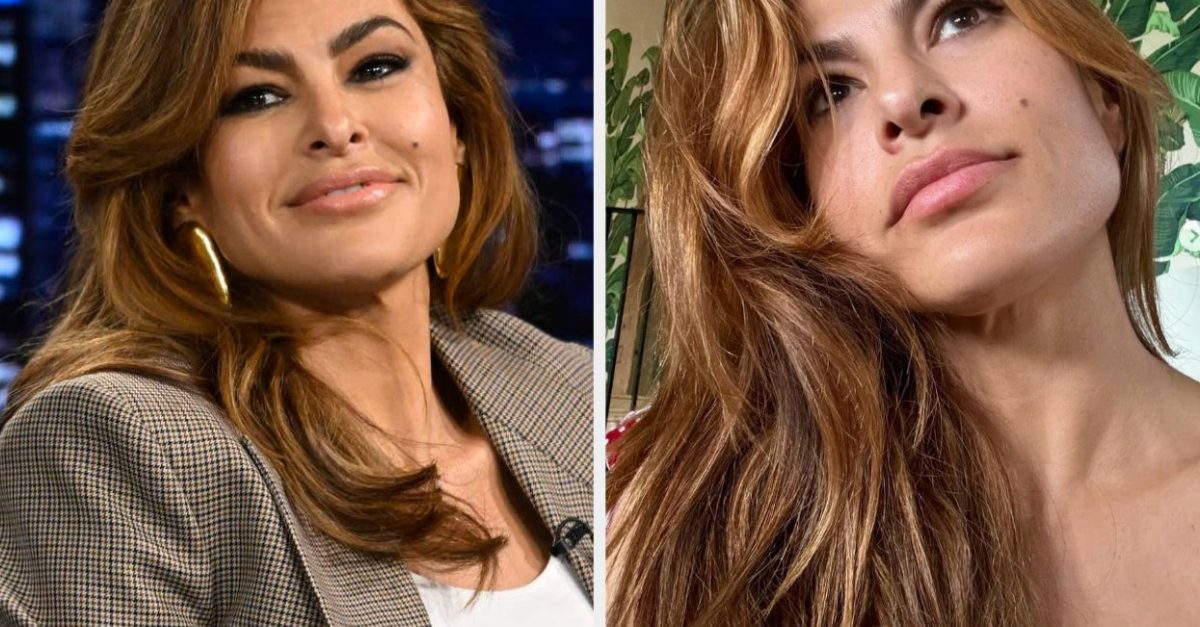
“I Wanted You To Feel Like These Kids Need a Tetanus Shot By the End of It”: Weston Razooli on His Cannes-Premiering Neo-Fairy-Tale Adventure, Riddle of Fire
May 26, 2023
Riddle of Fire
Weston Razooli’s debut feature, Riddle of Fire, premiering in the Cannes Film Festival’s Director’s Fortnight, begins with a charming and clever premise. After we watch a trio of masked kid adventurers steal a video game console from a warehouse, escaping from the pursuing security guard on their dirt bikes, they’re unable to play it. One of their moms has placed a parental lock on the TV, and, recovering from an illness, she’ll only give them the password if they get her a blueberry pie — something her own mom used to give her when she was sick as a child. With the shelves at the town’s bakery bare, the three kids decide to bake the pie themselves, and their search narrows to one missing ingredient: a speckled egg. But while the video game sits at home, the TV frozen on the launch screen, the quest for that egg takes on its own playful feeling of epic adventure, a saga informed by the narrative structure and logic of not just video and roleplaying games but classic children’s adventure tales. The three must venture into a mountain forest and tangle with the Enchanted Blade Gang, led by an ominous matriarch seemingly able to control her subjects by voice command. Razooli tells this story with a visual style that is precise in its framing and cutting and appealingly lo-fi in its 16mm look and ’70s-era graphics, and with astonishing young actors who boast idiosyncratic gravitas. A “PG-13 Gummo” is what Razooli told me in Cannes he was trying to make, although one could also think of The Goonies, Escape from Witch Mountain and even, as we discuss below, the spaghetti westerns of Sergio Leone. Like the films of Panos Cosmatos, Riddle of Fire feels the work of a filmmaker still in touch with his earliest inspirations and enthusiasms while able to transmute them through a more knowing, adult point-of-view.
We started our chat, which covers how this relatively unknown filmmaker debuted in Cannes, his expansive aspirations for his production company, and his commitment to 16mm, with him explaining how one line of dialogue that kept making me laugh came about.
Filmmaker: Whenever the character of Jodie [Skyler Peters] had that line, “We should have gone to Nacho Mama’s,” I would crack up.
Razooli: It’s actually a reference to a restaurant in Park City that was big in the ‘90s and early 2000s. Every ‘90s kid that grew up in Park City knows Nacho Mamas. And [Jodie] invented the second time it was said. His mom said, “He wants to say a line to kind of end [the movie.]” I was like, “Yes, totally.” So the first line is, “Why can’t we go to the Mexican market by Nacho Mamas?” And then the last line is, “We should have gone to the place by Nacho Mamas.” I love specific references — all the places they mention, like Nacho Mamas or the Silver Mine Chateau, are real places.” It’s a very Stand By Me-style.
Filmmaker: I love that the film is about the imaginative power of play, but in their minds the kids can’t play because of the lock on their TV. But then the adventure becomes its own kind of play.
Razooli: Very much. And about the whole “video game versus real play,” yeah, they want the pass, but they end up going on adventure that’s akin to a video game. And then, hopefully with the final shot, you take away that the friendship is what matters. But you can go on an adventure and still have video game time with your friends too. Some of my fondest memories as a kid are playing split screen Halo with my friends in the early 2000s.
Filmmaker: So you grew up in Park City?
Razooli: Yeah, I grew up riding dirt bikes and playing paintball and Airsoft and running around the woods of the mountains of Utah with my friends. I’m a big fly fisher and would just wander around the mountain streams and daydream about stories. I’m attracted to enchanted forests and the magic of the woods, so I guess those are some of the elements [in the film].
Filmmaker: Just give me the quick origin story about getting into film. You did shorts and msic videos?
Razooli: I started writing stories in like first, second, third grades. I was a big reader, like a bookworm with Lord of the Rings and the Redwall series, which was big in the ’90s. I would write these stories and draw big maps on sections of printer paper and [connect them] all together. And then, classic story, I got a little camcorder when I was 10 for my birthday. I started filming stop action with Playmobile and Lego figures. Then, in high school, my friends and I would make things and tried to get more ambitious.
Filmmaker: Did you go to film school?
Razooli: No, I went to art school and studied graphic design and illustration and a little bit of fashion. I majored in illustration, but my intentions were to always make movies but to apply all that stuff to filmmaking. There are so many mediums that go into filmmaking, not just writing and directing, but costume design, concept design, graphic titles, graphic design and stuff. So I like to do all that.
Filmmaker: When the Directors Fortnight lineup came out, your name was new to me. In all of our tracking here at Filmmaker we missed you.
Razooli: Well, this is my first movie. I made no-budget, no-crew shorts.
Filmmaker: Did those go anywhere?
Razooli: Jolly Boy Friday played at the Lower East Side Film Festival [in 2016]. I’ve been trying to get a feature going since then.
Filmmaker: And how did Riddle of Fire become the first film? Was this the one you always wanted to make, or was it one of many?
Razooli: I’ve written several other scripts. But the budgets were too big, so I was writing them smaller and smaller. I was developing a script called Riley Can You Hear Me? for a long time, a high school teenage drama comedy kind of thing. But I got really sick of it. It wasn’t purely me. I wanted to make a movie that’s purely me, and I’m all about action adventure movies, so I wrote Riddle of Fire quickly in 2021.
Filmmaker: How did you get on people’s radar for the financing?
Razooli: I mean just real old-school pitching, trying to meet people, getting some random connections. This person knows this person knows this person. But I never really was on anyone’s radar until this movie got selected. It’s been as indie as it can.
Filmmaker: Is your financing all private equity?
Razooli: Yes, it took three years. I pitched to thousands of investors and producers. It’s mostly angel investors and small amounts from people I met along the way. I also partnered with the Utah Film Center, a non-profit where you can accept donations from foundations and individuals. And then I got the Utah film tax credit, which is 20%.
Filmmaker: You say you were writing for smaller and smaller budgets, but your film is packed with stuff. Action sequences, night scenes, kids, stunts, kids on dirt bikes —
Razooli: Jumping out of truck beds.
Filmmaker: All the jumping! Every time the kids jumped off some high place I flinched.
Razooli: Lorelei [Mote] played Petal, and she’s a gymnast. We had a pad down there and stunt coordinators. It looks like she really jumps, but it was all very safe. The moms were always there, and I would always tell the kids [the whole scenes] and say, “If you don’t want to do any of it you do not have to.” But the kids were always like “Yeah, we want to do it!” They cried a couple of times when we ran out of time [and couldn’t do scenes]. And they couldn’t actually ride their bikes. We had three stunt rider kids, two brothers and their little sister who matched the sizes of the kids perfectly. One of them is a famous skier in Utah. Since they were in masks, we could do that. Modern cinema about children is so sterile these days. I wanted you to feel like these kids need a tetanus shot by the end of it! I love those old forgotten Disney movies like The Apple Dumpling Gang, The Biscuit Eater, Escape to Witch Mountain. And Stand by Me.
Filmmaker: I love the opening, which is very Leone-esque.
Razooli: The Good, the Bad and the Ugly is one of my favorite movies. It’s the only movie I watch during production. Sometimes I need to watch a movie to like fall asleep and I only watch The Good, The Bad and the Ugly. There’s so much in my head [after a shoot day], and it’s so visual.
Filmmaker: How many days was your shoot?
Razoli: Twenty days. But seven-hour days because with kids SAG lets you have eight hours, and it’s also portal-to-portal [on a location shoot]. So once they leave the hotel the clock starts.
Filmmaker: So how did you pull this off? I presume it was pretty precisely storyboarded or shot-listed.
Razooli: I storyboarded most of it, but not all. I shot-listed everything. Honestly, it was extremely risky. It was almost a bad idea to make a movie like this in this amount of shooting days but I’ve just always worked run and gun and with no time. I just bet on luck and knowing that if I cast the right people and it looks the right way that I’d be confident in my ability to direct [the kids] and edit it in a way that’s acceptable.
Filmmaker: How long did you take to find the kids?
Razooli: I think around three months. The two boys were from Utah and the two girls from LA and they were all through my casting director Jeff Johnson, who’s also a great actor.
Filmmaker: The kids have a tremendous amount of poise and can deliver lines that have a kind of heightened, theatrical quality at times.
Razooli: It’s funny you say that because, for example, Charlie Silver, who plays Hazel, he does these big plays, and his immediate thing is to emote a lot.
Filmmaker: He has a big presence.
Razooli: Yeah, I had to calm him down to not emote so much. I explained to him [about] his character, “You’re sleepy.” I was like, “Picture Tom Sawyer. He’s playing hooky from school, fishing on a sunny river bank, he’s got his hat over his face and he’s sort of fallen asleep by the river. He’s just kinda sun-baked, tired and sleepy.” And that kind of put the cream into the coffee of his emoting.
Filmmaker: I love that you incorporated magic into the movie. But, at the same time, by the end of the film you could almost imagine that the kids had imagined the whole magic element.
Razooli: All the characters are based on a fairytale archetype. The kids are goblins and in the gang, Anna-Freya [Lio Tipton] is a witch, Petal is a fairy, John Redrye [Charles Halford] is like a huntsman. And then my character Marty is a troll, like a troll servant. And the twins [Andrea and Rachel Browne] are like ghosts. Originally I wasn’t going have magic because it felt like kind of a weird choice. But when I was writing the script, I ran into a wall in the plot. It was at the end of the second act and I needed to get the kids from back to town from the mountain. I couldn’t really figure out a way. For a while they were going to hop a train but then I thought, okay, if I incorporate magic, if two characters can essentially control people, it’ll allow me to hack the plot of my own script.
Filmmaker: And then you had to go backwards and set that up.
Razooli: Exactly. It’s very video game stuff. Like the twins are kind of like the NPCs, the non-player characters, of the movie. And then that kind of solidified the whole neo-fairy-tale thing. But it’s definitely a weird choice. Sometimes people call it a fantasy film, and I’m like, “It’s not a fantasy film at all.” But I guess it technically is because of the magic.
Filmmaker: But it all comes back to the real world when the cops arrive.
Razooli: Yeah, they literally flip the lights on. I like police to represent reality because the law always wins no matter what in my stories. My other scripts are all about con artists, gangs, mischievous children, but the cops always win. It’s like you don’t have heist movies where the heist people get away. In the end, everyone gets their comeuppance. Do you know Dungeons & Dragons? All my main characters are basically chaotic-neutral. It’s a world where laws are things created by humans, but you can bend them or try to get around them as much as you can, but the law always wins. I like that as a narrative device. You need to have rules and stakes, and the law has to be pretty black and white.
Filmmaker: What was it like growing up in Park City? Did you go to the Sundance Film Festival?
Razooli: Not really. If you’re a local, it’s just annoying. My family would leave town during the festival. Or, in high school, we would go and just try to crash the parties.
Filmmaker: You edited the film as well?
Razooli: Yeah, the post-production took a long time because it was basically me just doing pretty much everything except sound and color. I just finished in late February.
Filmmaker: You taught yourself how to edit?
Razooli: Yeah, I learned how to edit on iMovie back in 2005 and then learned Final Cut Pro and Premiere. But, I mean, YouTube — you can learn anything on YouTube now. Right when I finished it in February, I submitted it to Cannes, and then five days later I got an email from Julien Rejl, the director of Directors’ Fortnight, saying that he loved the movie and that it was in consideration. Then we had a Zoom interview and they told me two or three days after that. It was like someone flipped the switch on my whole career. And now I’ve partered with David Atrakchi at Fulldawa Films. They have offices in France and Los Angeles, and they’ve been essential to finishing the film, getting the whole DCP. We made a 35mm print too.
Filmmaker: Tell me about the choice to shoot on 16mm.
Razooli: I love film, but the main thing is that I felt shooting on 16mm would give me the confidence to pull off the stylized world I was attempting to pull off. This kind of neo-fairy-tale, weird movie, by shooting on film it gives you a slight dreamlike distance where you can accept it. Digital you would just see through it.
Filmmaker: There’s no visible VFX in the film.
Razooli: We had to add speckles to the egg shot when the crate is opened. And there’s little things like reflection removals. We used a taxidermy elk head when the elk appears, and for a while I thought we needed to redo it like a CG elk. But everyone was like, “No, it will ruin the vibe,” and I agreed. So no CG.
Filmmaker: And the company, Anaxia, that’s you?
Razooli: As of now, it’s just me, but I’m trying to build it into a real production company. We’ll do movies, but also fashion lines, object art and little merch things. And then I also want to do events, weird parties and stuff, like the art movement Futurism, where they would do an art show on a Zeppelin and serve bizarre dishes and make it this whole spectacle. I want do to that stuff with Anaxia.
Publisher: Source link
Every New Character Added To The MCU
Agatha All Along: Every New Character Added To The MCU Realizing that Wanda took all her power, Agatha's solution lies at the end of The Witches' Road, a series of trials that will reward those with what they are missing…
Oct 26, 2024
John Mulaney Shares Emotional Tribute to Wife Olivia Munn
"She shared her story to help anyone she could," John, who wed Olivia in July after three years together, continued. "According to the National Cancer Institute, in the week after Olivia shared the story of her breast cancer journey, there…
Oct 26, 2024
Eva Mendes Said There Have Been Times Where She’s “Regretted” Getting Cosmetic Work Done And Had To “Wait It Out”
Eva, who turned 50 this year, has previously said she would “never deny” getting cosmetic work done.View Entire Post › Disclaimer: This story is auto-aggregated by a computer program and has not been created or edited by filmibee.Publisher: Source link
Oct 25, 2024
Nicole Kidman Confirms Another Iconic AMC Ad Is “In the Making”
Nicole Kidman's 16-Year-Old Daughter Looks All Grown Up in Rare Public AppearanceWe come to this place for Practical Magic. At least, that’s a past role Nicole Kidman is channeling to tease that another AMC ad—like the movie theater chain’s original…
Oct 25, 2024










